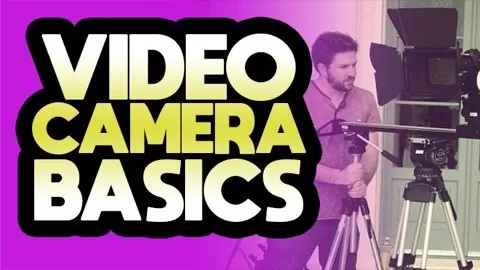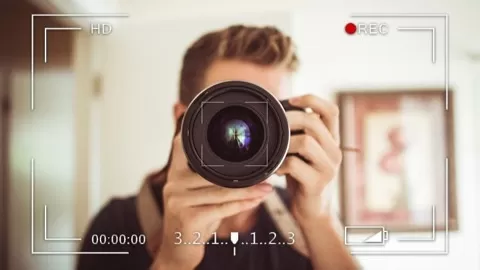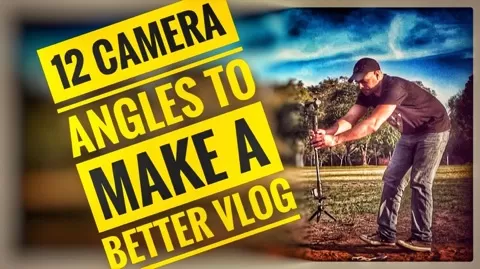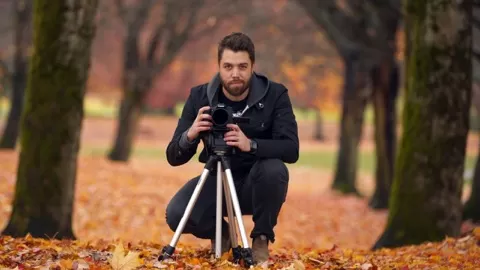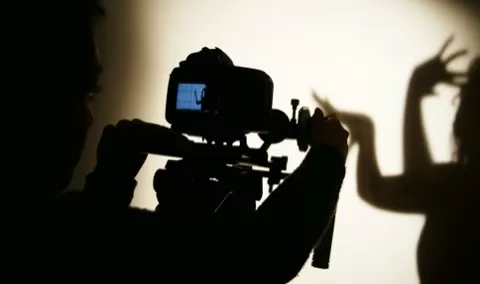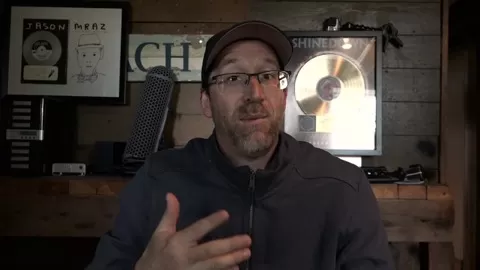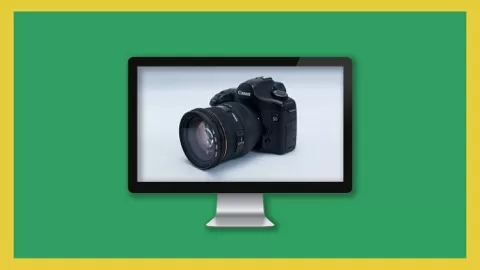Important Files
Some people have been having troubles with individual links, so here is a ZIP folder with many helpful documents.
https://drive.google.com/file/d/0BwVFn7SKrpc-MVhJWVZUS0MtMmM/edit?usp=sharing
Canon 7D Manual
Canon 5D mkII Manual
Canon 60D Manual
Canon 500D Manual
Nikon D3200 Manual
Common Video Resolutions
https://drive.google.com/file/d/0BwVFn7SKrpc-VW9NUGR0TGdTUFE/edit?usp=sharing
Canon Menu Location
Most canon DSLRs have a menu option labeled “Live View/Movie func. set.” This is where you can change the “Movie rec. size” to the resolution and frame rate of your choice.
Note that while it is common to refer to 1920×1080 as simply “1080”, some Canon cameras refer to it as “1920”.
Kelvin Chart
https://drive.google.com/file/d/0BwVFn7SKrpc-UFNUc3U3SjFGTFk/edit?usp=sharing
MANUAL OPTION
Make sure that your camera is in a manual mode and not an automatic one. At the top of Canon cameras, there will be a small wheel with many options. Make sure that either the M or the Video mode are selected (depending on the camera).
Exposure Tips
When parts of an image become so bright that they lose definition and become purely white, it is known as overexposure or blown-out.
The trick is for you to allow your image to be bright and lively without the subject losing definition.
According to a histogram (where overexposure is 100%), most people expose their main subjects at 70-75% while allowing bright parts of their background to be 90-95% and dark parts to be 10-20%.
Canon 5D mkII Quirk
For whatever reason, the 5Dii has a setting that won’t allow you to adjust aperture. On the switch from “off” to “on”, make sure that the switch is pushed all the way up, essentially the second “on” option. If you switch this to the middle option, you won’t be able to adjust aperture.
Canon 7D Optimal ISOs
160, 320, 640, 800, 1250
Canon ISO Noise Levels (advanced)
MANUAL OPTION
Make sure that your camera is in a manuel mode and not an automatic one. At the top of Canon cameras, there will be a small wheel with many options. Make sure that either the M or the Video mode are selected (depending on the camera).
Magic Lantern for Canon
Technicolor CineStyle for Canon
Marvels Cine Picture Style for Canon
Additional Info on Canon Picture Profiles
Flat Picture for Nikon
Other Picture Style Options
Canon Recommended Max Aperture
7D, 60D, 500D
2.8 for most every shot
2.2 for close-up beauty insert shots
5D
5.6 for most every shot
4.0 for close-up beauty insert shots
Best Canon Zoom Lens Options
EF-S 15-85mm f/3.5-5.6
EF-S 18-135mm f/3.5-5.6 IS STM
EF-S 55-250mm f/4-5.6 IS II
EF 70-200mm f/4L USM
Canon Lens Lineup
Crop Factor Tips
Depending on your cameras sensor size in relation to a full-frame sensor, a crop factor may exist. What this essentially means is that the image you will receive by using a 50mm lens on a Canon 7D may appear similar to an image you would receive by using an 80mm on a Canon 5D.
Crop Factor Wikipedia Article
Crop Factor Chart
Crop Factors
Canon 7D = 1.6x
Canon 60D = 1.6x
Canon 500D = 1.6x
Variable ND filter for Exteriors
The King’s Speech
An interesting write-up on the screen direction used in The King’s Speech.
Affordable Jib Option
Affordable Slider Options
Keep in mind that most sliders to not include a set of legs. You will need to purchase either 2 tripods or 2 light stands depending on the model of the slider.
Free Editing Softwares
Free Editing Softwares (Windows)
